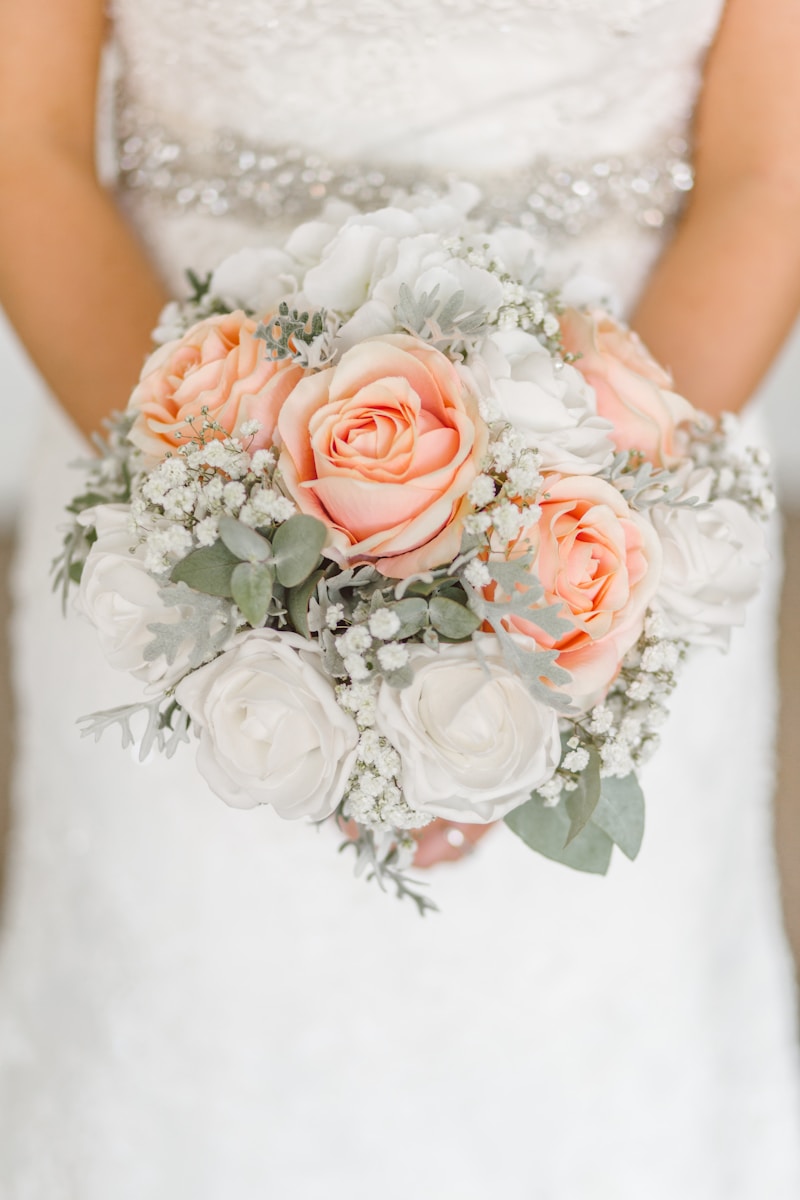Exploring the Fascinating Regional Variations in Weddings Around the World
Weddings are one of the most cherished celebrations across cultures, signifying love, commitment, and unity. However, the way these joyous occasions are celebrated can vary dramatically from region to region. In this article, we will delve into the rich tapestry of regional variations in weddings, highlighting unique customs, traditions, and practices that reflect local cultures. As we explore this topic, we will also answer some commonly asked questions about weddings and their diverse practices.
The Essence of Regional Variations in Weddings
Weddings embody one of the most significant life events, and they are rich in traditions shaped by cultural histories and local customs. Understanding regional variations in weddings provides a glimpse into each culture's values and beliefs. For instance, a wedding in India may involve a week-long series of rituals and festivities, while a wedding in the USA might focus on a single day of celebration.
Cultural Influences on Wedding Ceremonies
Different cultures have distinct influences that affect their wedding ceremonies. Religion, local customs, and historical context all come into play. Here, we will showcase a few regions and their distinctive wedding customs:
| Region | Cultural Influence | Unique Traditions |
| North America | Predominantly Christian | Traditional white dress, exchanging vows, reception parties |
| India | Hinduism and regional traditions | Multiple ceremonial days, Mehendi (henna) night, grand feasts |
| Japan | Shinto and Buddhist influences | Shinto rituals, kimono attire, sake sharing ceremony |
| Mexico | Spanish and Indigenous traditions | La Hora Loca (The Crazy Hour), vibrant decor, mariachi music |
Regional Variations in Weddings: A Closer Look
To truly appreciate the beauty of weddings around the globe, let’s take an extensive look at some specific regional variations in weddings:
Indian Weddings
Indian weddings are notoriously grand and can last several days, often involving numerous ceremonies that culminate in the main event. The celebrations typically include:
- Mehendi Ceremony: A pre-wedding event where intricate henna designs are applied to the bride's hands and feet.
- Sangeet: A lively musical night where family members gather to sing, dance, and celebrate.
- Wedding Rituals: Various rituals like Saat Phere (seven rounds around a sacred fire) seal the vows between the bride and groom.
Western Weddings
In contrast, Western weddings, particularly in the United States and Europe, tend to focus more on a single day filled with vows, rings, and receptions. Key elements include:
- The Dress: A traditional white wedding gown symbolizes purity and is a significant focus of the occasion.
- Vows and Rings: The couple exchanges vows and rings, sealing their commitment to one another.
- Reception: Parties following the ceremony often feature speeches, dancing, and meals, emphasizing social gathering and celebration.
Traditional Japanese Weddings
Japanese weddings blend traditional and modern elements. The typical wedding ceremony might include:
- Shinto Ceremony: Usually held in a Shinto shrine, featuring purification rituals and offerings to the kami (spirits).
- Kimono Attire: The bride often wears a beautiful kimono, embodying grace and elegance.
- Sake Sharing Ritual: The couple shares sake as a symbol of their unity and commitment.
Mexican Weddings
Mexican weddings are vibrant and full of traditions. Here are some notable aspects:
- La Hora Loca: A party segment that includes fun and lively activities, often with music and dancing.
- Colorful Decorations: The use of rich colors and detailed decorations signifies joy and celebration.
- Mariachi Bands: Musical entertainment often includes mariachi bands to elevate the festive atmosphere.

Common Questions About Regional Variations in Weddings
As we explore regional variations in weddings, some common questions arise that might interest couples planning their special day:
What are the most popular wedding themes worldwide?
Popular wedding themes include vintage, rustic, elegant, and whimsical. Each culture often has its interpretation of what a themed wedding looks like, influenced by available resources and cultural significance.
How do regional cuisines affect wedding receptions?
Cuisines play a significant role in wedding receptions. For instance, Indian weddings feature a wide variety of spicy dishes, while Italian weddings may focus on pasta and regional specialties. The food served often reflects the couple's heritage and personal tastes.
What is the importance of dancing in wedding celebrations?
Dancing symbolizes joy and celebration in many cultures. It brings people together and highlights the festive spirit of the occasion. Whether it is traditional Scottish ceilidh dancing or the classic ballroom dances in Western weddings, dancing is an essential element of marriage celebrations.
Conclusion
In conclusion, the rich diversity of regional variations in weddings showcases the unique cultural heritages found around the world. From the multi-day celebrations in India to the elegant ceremonies in the West, each wedding reflects the values and customs of its people. As couples prepare for their big day, understanding these regional variations can inspire them to incorporate meaningful traditions that resonate with their identity. Embrace the uniqueness of your culture, and celebrate love in a way that feels authentic to you. Ultimately, it is the joy and love shared on that day that will be cherished forever.
When planning a wedding, consider the cultural influences that resonate with you, keep an eye on current trends, and don’t hesitate to mix and match elements from different traditions to create a celebration that is uniquely yours.